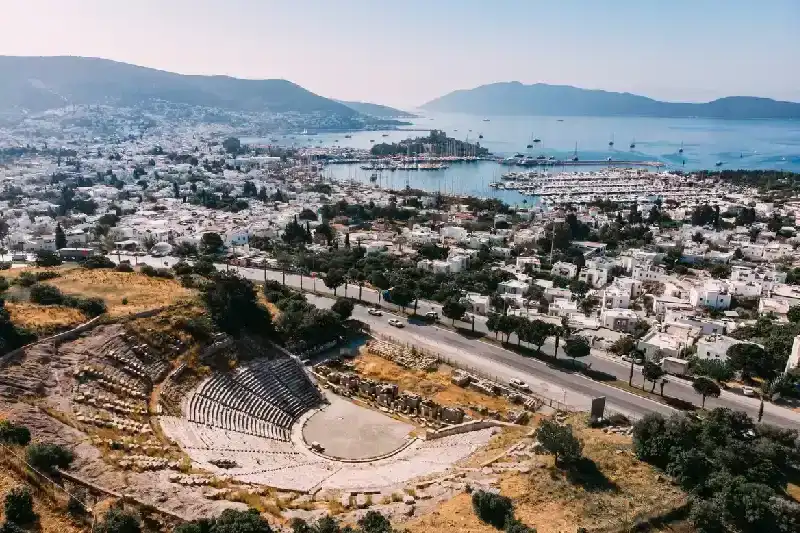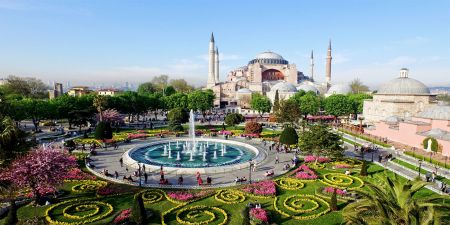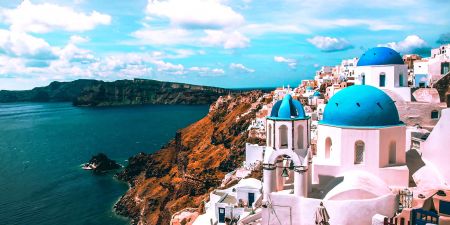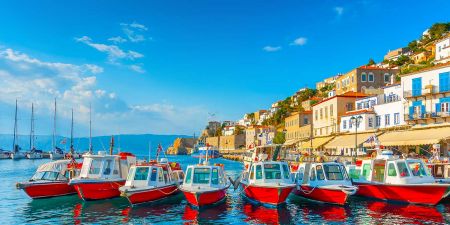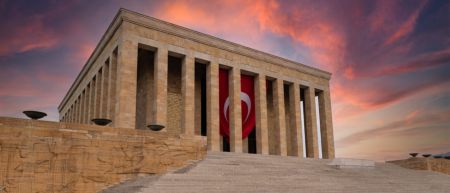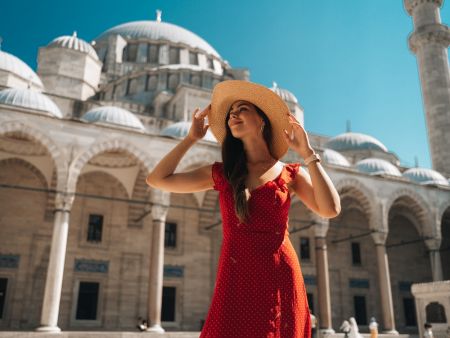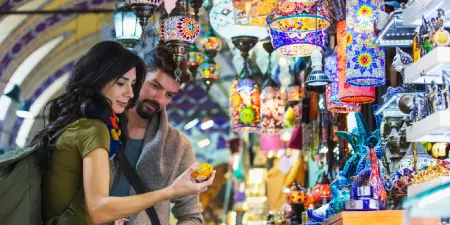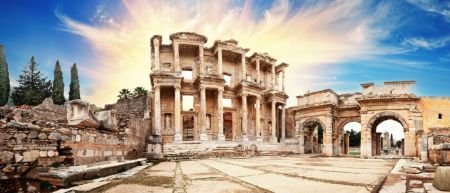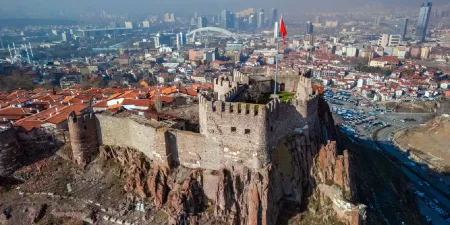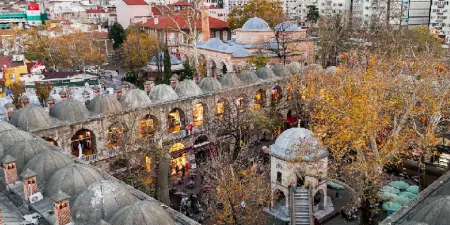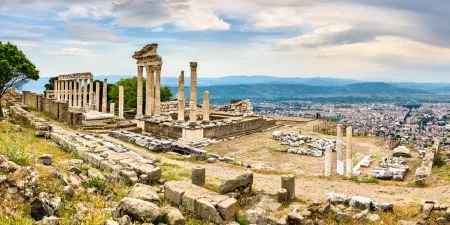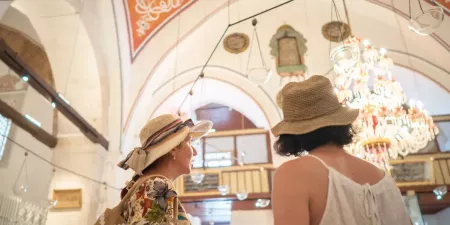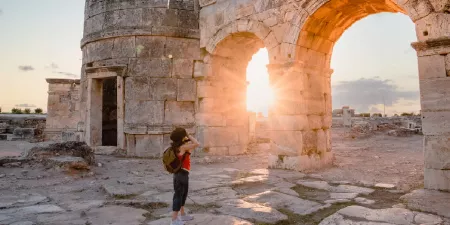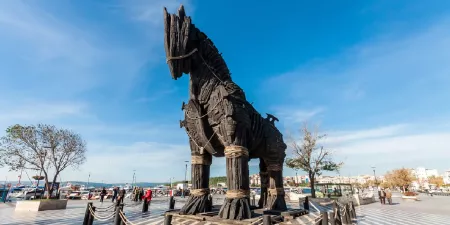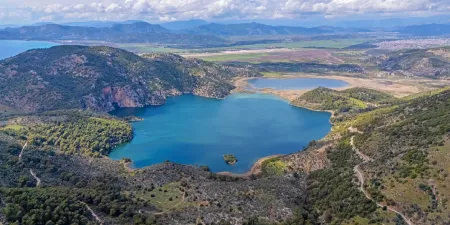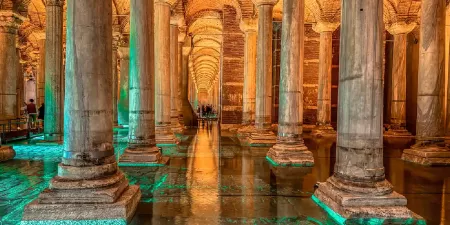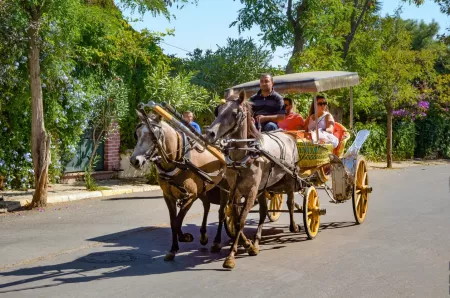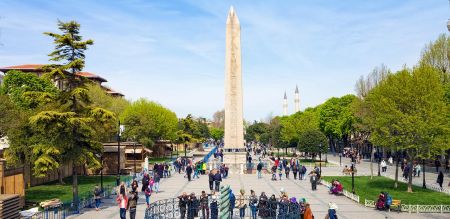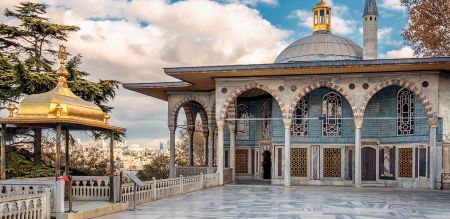The Ancient Mausoleum at Halicarnassus
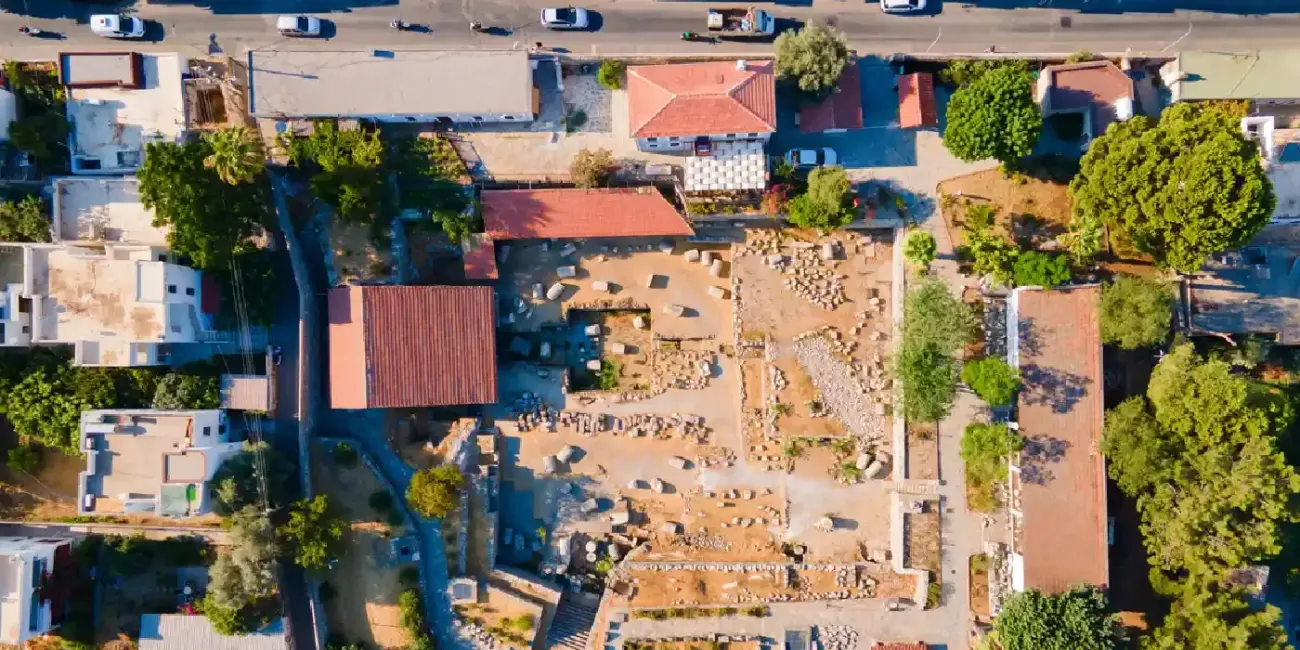
The mausoleum at Halicarnassus stood majestically against the Mediterranean sky, reaching 148 feet high - similar to a modern 14-story building. This huge structure earned its place on the Seven Wonders of the Ancient World and symbolized architectural excellence as well as royal grandeur.
This magnificent tomb was commissioned by Artemisia II in the 4th century B.C.E. in what is known now as Bodrum, Turkey. She built it to honor her deceased husband (and brother) Mausolus, the powerful satrap of Caria from 377-353 B.C. The monument had a square base with a perimeter measuring 411 feet. Thirty-six beautiful columns graced the top of the structure and supported a pyramidal roof made up of 24 steps. A lovely marble statue 25 feet tall in height adorned the top, showing Mausolus and Artemisia riding a chariot with four horses.
The structure was strong for nearly 1,800 years before earthquakes destroyed it in the 15th century. Its engineering achievements were incredible - the foundation went two feet below ground and supported 2,000 tons of marble blocks. The best sculptors of ancient days - Leochares, Bryaxis, Scopas, and Timotheus - worked together to adorn it. Their combined craftsmanship made this architectural wonder a work of art.
The Bodrum Mausoleum was constructed as a monumental tomb for Mausolus, the Persian satrap of Caria, by his wife and sister Artemisia II after he died in 353 BCE. It served both as a burial site and a symbol of his power and legacy.
Yes, visitors can explore the Bodrum Mausoleum site in modern-day Bodrum, Turkey. While much of the original structure is gone, the ruins include sculptural fragments, foundations, and a small museum showcasing recovered pieces — offering a glimpse into one of the ancient world’s greatest architectural feats.
Historical Background of Mausoleum at Halicarnassus
The Persian satrap Mausolus was the king of the small kingdom of Caria in south-west Anatolia (now Turkey) in the 4th century BCE. His influence grew steadily throughout the surrounding territories.
Origins and Purpose
Mausolus made a strategic move to shift his capital from Mylasa (present-day Milas) to Halicarnassus (Bodrum today). He and his sister-wife Artemisia spent massive tax revenues to turn Halicarnassus around. The city soon boasted highly polished marble sculptures, temples, and imposing structures. The royal pair built an impressive network of roads, added a new harbor, and created palatial structures that displayed their wealth and power.
Mausolus's campaigns took him to Lycia, where he was impressed by the beautiful pillar tombs of Xanthos. These monuments had a great impact on his architectural aspirations. He embarked on a project to construct a magnificent ultimate resting place that would stand as witness to his rule and be an enduring monument. His plans drew inspiration from the Lycian tombs but aimed at a much larger scale, commensurate with his status as a Carian ruler.
The large-scale project had two aims in mind: to build an amazing memorial that would celebrate Mausolus's life and works, and to create a building unlike any other that individuals in the future centuries would marvel at.
Commission and Construction Timeline
Artemisia took it upon herself to complete her husband's dream when he passed away in 353 BCE. She wanted to immortalize his memory and hired the finest painters of the era to build the most exquisite tomb in the world. Two of the renowned Greek architects—Pythius (or written as Pytheos) of Priene and Satyros—were assigned with the task of building this colossal monument.
The decorative work was left to four of the great Greek sculptors: Leochares, Bryaxis, Scopas (who had overseen the reconstruction of the Temple of Artemis in Ephesus), and Timotheus. Each artist was tasked with adorning one of the walls of the mausoleum with fine reliefs.
History places construction between 353 and 351 BCE. Modern-day historians consider this schedule unrealistic for the complex structure. Mausolus likely started making arrangements for the tomb during his lifetime as part of his overall plan for Halicarnassus. Construction continued years after Artemisia died in 351 BCE. Their tireless dedication to work resulted in a structure so enormous that it earned a place among the Seven Wonders of the Ancient World.
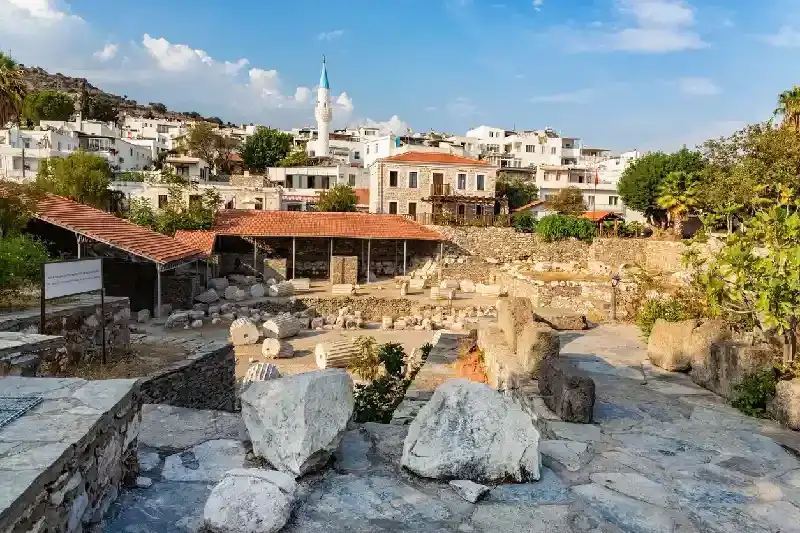
The Mausoleum at Halicarnassus was considered one of the Seven Wonders of the Ancient World due to its grand scale, artistic beauty, and innovative architecture — blending Greek, Egyptian, and Lycian styles.
Architecture and Design
Greek architects Pythius and Satyros were able to produce a masterpiece by combining Greek, Egyptian, and Lycian architecture styles. Their design of the mausoleum at Halicarnassus stood as something completely unique in the ancient world — much like other iconic attractions in Turkey such as Ephesus and Cappadocia.
Style and Materials
The mausoleum was designed from different cultures. The architects drew inspiration from the Nereid Monument of Xanthos of Lycia and built it larger in scale. This architectural mix and its impact were shaped by Mausolus's love of pillar tombs, which he had seen during his campaigns.
The main material employed in the construction of the monument was glittering white marble sourced from quarries within the region. Its smooth surface glittered beautifully under the Mediterranean sun. Marble employed made the edifice both pleasing to the eyes and phenomenally durable. The edifice survived well over 1,500 years. Limestone was used to make the foundation, providing the edifice with enough strength.
Size and Structure
The mausoleum was 45 meters (148 feet) tall, which was the same as the height of a modern 10-story building. The rectangular structure contained 36 narrow Ionic columns that formed the "pteron.".
A 24-stepped pyramid stood higher above these columns, equal to the lower level in height. The builder Pythius topped this unique pyramidal roof with his work - a marble quadriga. The four-horse chariot bore statues of Mausolus and Artemisia.
Decorative Features
The mausoleum sculptural program is unique with its 400 independent sculptures. Four of the most celebrated Greek artists divided the work among themselves - Scopas, Bryaxis, Timotheus, and Leochares decorated one side of the monument each. Their imagination fused Greek and Persian styles in a harmonious beauty.
The stunning decorations were:
- Friezes showing battles between Greeks and Amazons
- Massive statues, including what might be a 10-foot-high figure of Mausolus
- Bronze details on weapons, armor, and royal regalia that caught the sunlight
This unique blend of architectural magnificence and artistic brilliance earned the mausoleum its place among the Seven Wonders of the Ancient World.
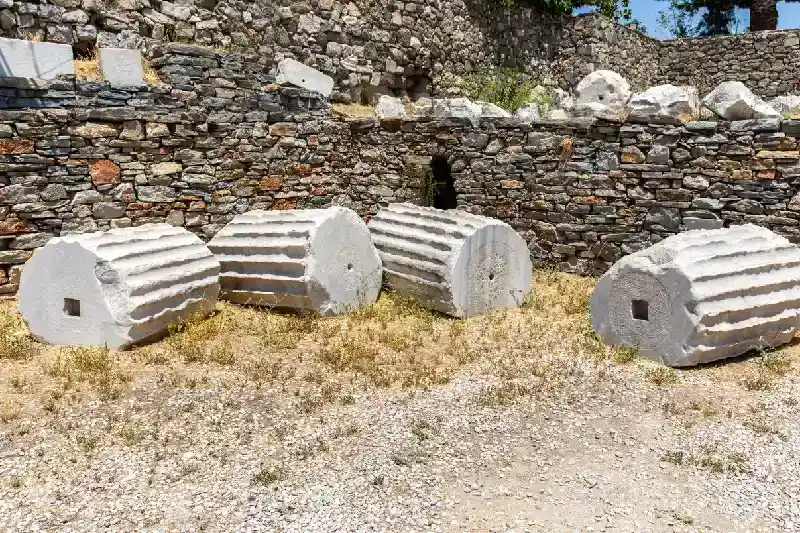
Customize Your Dream Vacation!
Get in touch with our local experts for an unforgettable journey.
Plan Your Trip
Location and Excavation
The magnificent Mausoleum of Halicarnassus stood proudly on a hilltop that overlooked the ancient city below. This architectural marvel's location was chosen carefully to ensure everyone could see it from both the city and harbor.
Where It Was Built
The mausoleum at Halicarnassus stood on a hill that overlooked the ancient city, in what we now know as Bodrum, Turkey. The builders chose this spot to make sure people could see the monument from anywhere in the region. The tomb's location made it unique since it stood in the middle of town - something rare in the ancient world. Most people built burial monuments outside their city walls.
Halicarnassus was a thriving coastal settlement in southwestern Anatolia. Mausolus made it Caria's capital after moving from Mylasa (modern Milas). The city's prime spot along the Mediterranean Sea made it special, and the mausoleum became its most famous landmark. The structure defined Halicarnassus's identity and dominated its skyline for almost 1,800 years.
Rediscovery and Excavation
A pilgrim named Bonsignore Bonsignori first found the mausoleum again in 1497. He wrote about seeing "a great ruin of the burial place of Mausolus". The monument had already suffered heavy damage by then. The Knights of St. John had started taking it apart in 1494 to build Bodrum Castle, using its stones for their fortress.
The largest archeological dig started in 1852 when Charles Thomas Newton led a British Museum team to search for the monument's remains. Newton studied Pliny the Elder's ancient accounts to figure out the structure's size and location. He then:
- Bought land in the most promising area
- Dug tunnels under surrounding plots
- Located walls, a staircase, and three foundation corners
- Found sections of decorative reliefs and parts of the stepped roof
- Uncovered a broken stone chariot wheel about 2 meters across
- Discovered statues of Mausolus and Artemisia that once stood atop the building
Danish archeologists continued the work with extensive digs between 1966 and 1977. They got lucky in 1970 when they gained access to the burial chamber. Inside, they found evidence of animal sacrifice on the tomb's stairs.
Destruction, Legacy and Modern Significance
How It Was Destroyed
The magnificent mausoleum at Halicarnassus remained intact for nearly 1,800 years. A series of earthquakes between the 12th and 15th centuries turned it into ruins. The structure's first damage came in 1304, followed by more destruction by 1404. In spite of that, some parts stood until 1494, until the Knights of St. John took apart what remained to strengthen Bodrum Castle. They burned many marble blocks to make lime for mortar and used others as building materials for their fortress walls.
What can be seen today
Visitors to Bodrum can now explore the excavation site with its foundation remnants and scattered architectural pieces. The area has an informative museum that shows artifacts from the excavations. The most impressive elements sit in London's British Museum, including parts of the massive frieze that shows the battle between Greeks and Amazons, several statues, and pieces of the huge horse chariot that once topped the monument. Istanbul's Archeological Museum also displays some sculptural pieces from the mausoleum.
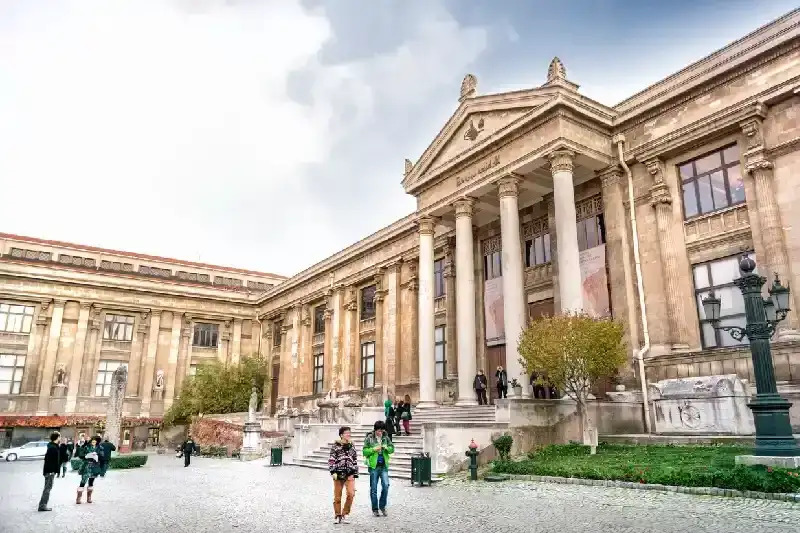
Over centuries, a series of earthquakes gradually reduced the structure to ruins. Later, its stones were repurposed for the construction of Bodrum Castle in the 15th century.
Pairing with Other Bodrum Attractions
The Mausoleum is located in the heart of modern-day Bodrum, making it easy to include in a broader itinerary. Here are some top nearby sites:
Bodrum Castle (Castle of St. Peter)
Just a short walk from the Mausoleum, this 15th-century fortress houses the Museum of Underwater Archaeology and offers panoramic views.
Ancient Theatre of Halicarnassus
One of the best-preserved theatres from the Hellenistic period, located near the Mausoleum and worth visiting for its historical value.
Bodrum Marina & Old Town
Perfect for relaxing after a day of sightseeing — enjoy seaside cafes, local shops, and beautiful Aegean views.
